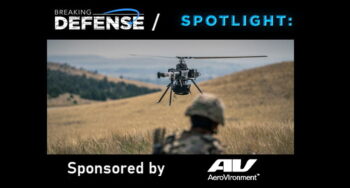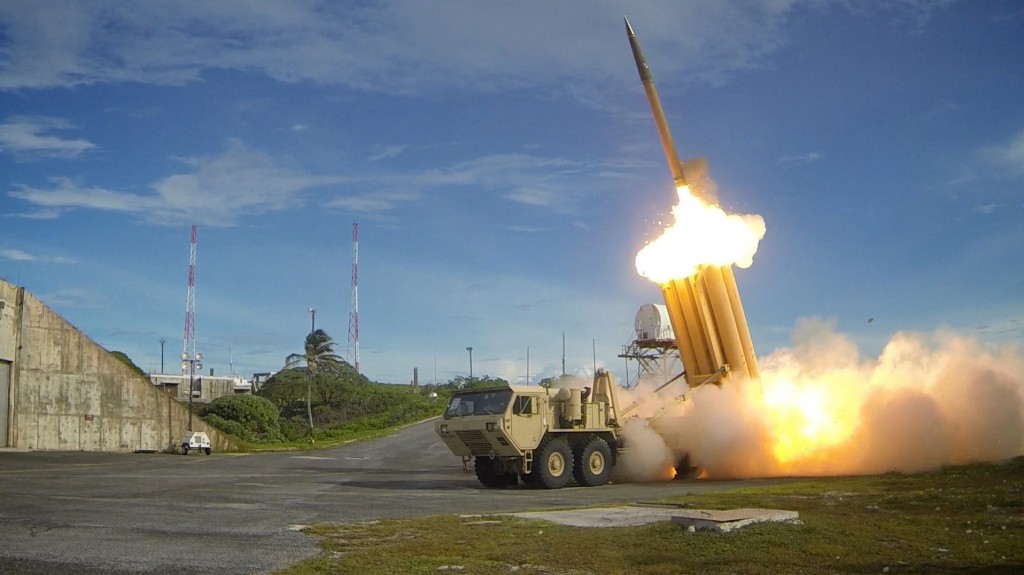
THAAD missile launch.
ARLINGTON: There’s no peace dividend in missile defense. While most types of Army units don’t deploy to Iraq or Afghanistan anymore, some scarce specialties are in increasing demand worldwide, such as special operators, division staffs, and missile defense forces like the famous Patriot. As long-range missile threats increase from Iran and North Korea, China and Russia, Hezbollah and Hamas, Army Chief of Staff Ray Odierno himself has said the current pace of missile defense deployments is not sustainable.
“Today, we have air and missile defense forces in nine countries,” said Col. Clement Coward, deputy commander of the 32nd Air and Missile Defense Command. “On any given day, nearly half of the Army’s Patriot batteries are outside the continental United States [and] we’ve begun forward-deploying THAAD batteries” — even though THAAD’s so new there are only three batteries in service. As a result, Coward told the Association of the US Army today, “we are rapidly approaching an inflection point where we face the risk of breaking our AMD force.”
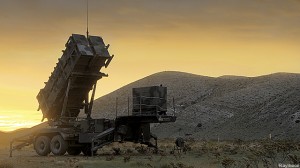
Patriot missile launcher
Skilled personnel are thinking of getting out, equipment is wearing out, and upgrades are delayed because the units aren’t at home to get them, Army leaders warned. Even more worrying is that, with so much of the force either deployed or recovering from deployment, little is ready and available to respond to unexpected crises.
“The risk really comes in our contingency forces,” said Maj. Gen. Gary Cheek, assistant deputy chief of Army staff for operations and plans (section G-3/5-7), also speaking at AUSA.
“Where the risk is not apparent, but it’s very real, is if you’ve got a contingency requirement,” Check told me after the panel. “[If] I’ve got to send four Patriot battalions to protect key seaports, airports, tactical units, headquarters, in an active combat theater where I’m moving in forces, moving out non-combatants….I’ve really put that [contingency response capacity] at risk.”
With budgets shrinking and sequester looming, the Army doesn’t expect to buy a lot of new missile defense batteries any time soon. Besides, the asset under stress is not so much the equipment as the skilled personnel to operate it. “The people are the key,” Cheek said, “so we will in fact for this career field over-man it” — that is, assign more personnel to missile defense than filling every position would require — “because we know the stress on it is so high.”
Along with shoring up the supply of missile defenders, though, the Army also needs to reduce demand.
“We’re trying to step back and say it’s time to rethink this, we need to get global priorities and make some hard calls about where we’re going to be and where we’re not gong to be,” Cheek told AUSA.
“Once a combatant commander has his grip on that asset, they will never agree to give it away, never, and I understand that,” Cheek told me. The Army expects the supposedly temporary deployment of a THAAD battery to Guam will become a permanent fixture, for example. Officials at the conference also fended off repeated questions from the South Korean press about stationing THAAD permanently in the divided peninsula.
“I’m not telling you that everything needs to be back in the United States,” Cheek told me, “but I think we could be more measured.”
So late last year, both Gen. Odierno and his Navy counterpart, Chief of Naval Operations Jonathan Greenert, sent an “8-star memo” to then-Secretary Chuck Hagel calling for a reevaluation of missile defense strategy. While the Army worries about Patriot and THAAD deployments, the Navy worries about more and more of its multi-mission Aegis destroyers being relegated to a narrowly defensive role.
That two four-star service chiefs are taking an interest is significant, said Maj. Gen. John Rossi, who heads both air defense and field artillery training at Fort Sill, Oklahoma. “As the demand exceeds the supply [for] air and missile defense,” Rossi told me, “their intent was [to ask], ‘what’s the broad strategy to deal with this threat set?'”
“Remember deterrence?” Maj. Gen. Cheek asked the audience at AUSA. “That worked back in the day. It still works.” Of the 116 ballistic missiles shot at US forces since World War II, he said, every one was fired by Iraq before or during an American invasion. In other words, potential adversaries won’t risk US retaliation unless they figure we’re going to hit them with everything we’ve got regardless of whether they fire missiles.
Reassessing the balance between deterrence and forward-deployed missile defense is a major theme of the Greenert-Odierno memo, retired Lt. Gen. Edward Anderson told AUSA.
“The eight-star memo, it’s getting a ton of attention in the building, in OSD [the Office of the Secretary of Defense], from policymakers… and that’s a good thing,” said Air Force Brig. Gen. Kenneth Todorov, deputy director of the joint Missile Defense Agency. That said, Todorov pointed out, “it’s written from a service perspective, not a COCOM perspective.” If the four-star combatant commanders wrote a memo on missile defense, he said, its recommendations might be very different.
“COCOMs don’t pay the bills,” Anderson shot back. “Services do.”
Romania signs LOA to secure entry to F-35 club
“This decision marks a significant milestone in Romania’s defense strategy and its commitment to maintaining a robust and advanced military force,” Lockheed Martin said in a statement.
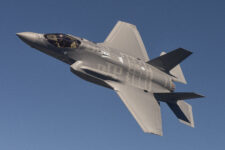







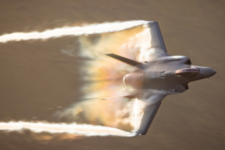


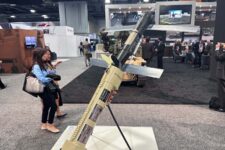
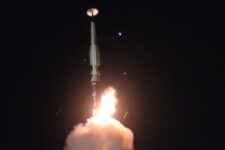



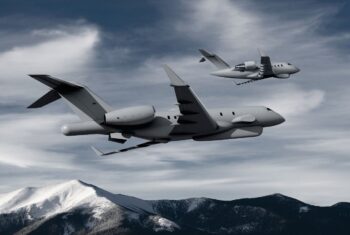


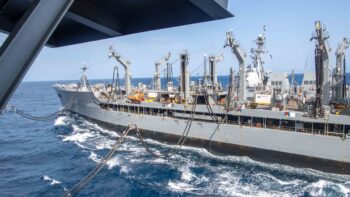


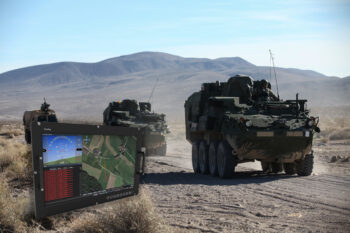
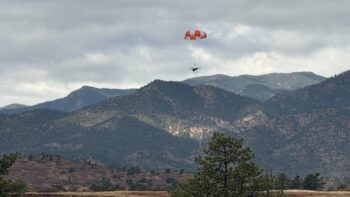
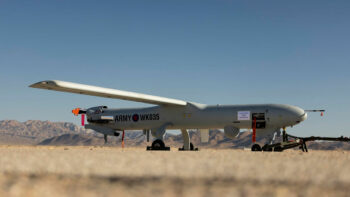
![E-2D_AR_1[1]](https://breakingdefense.com/wp-content/uploads/sites/3/2024/10/E-2D_AR_11-350x233.png)
